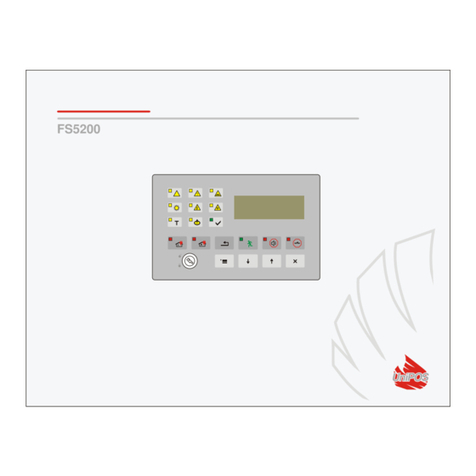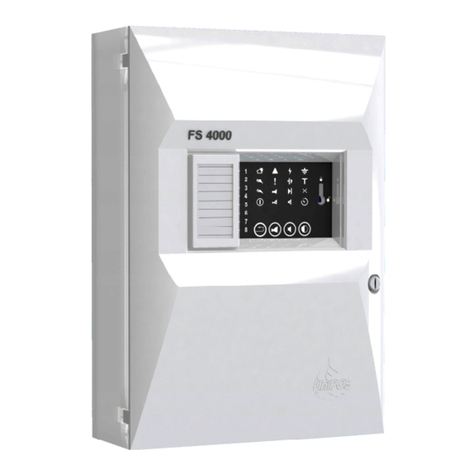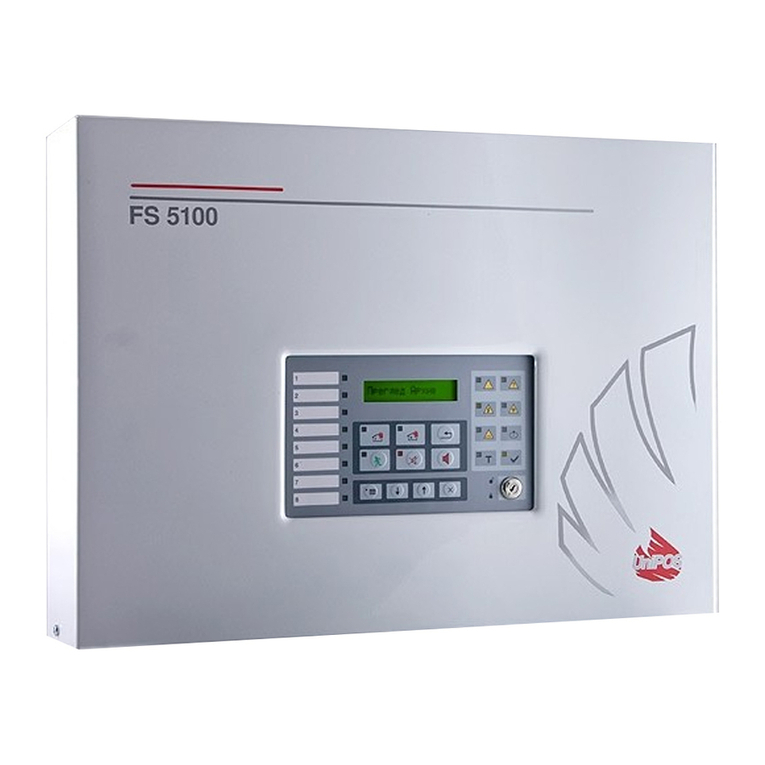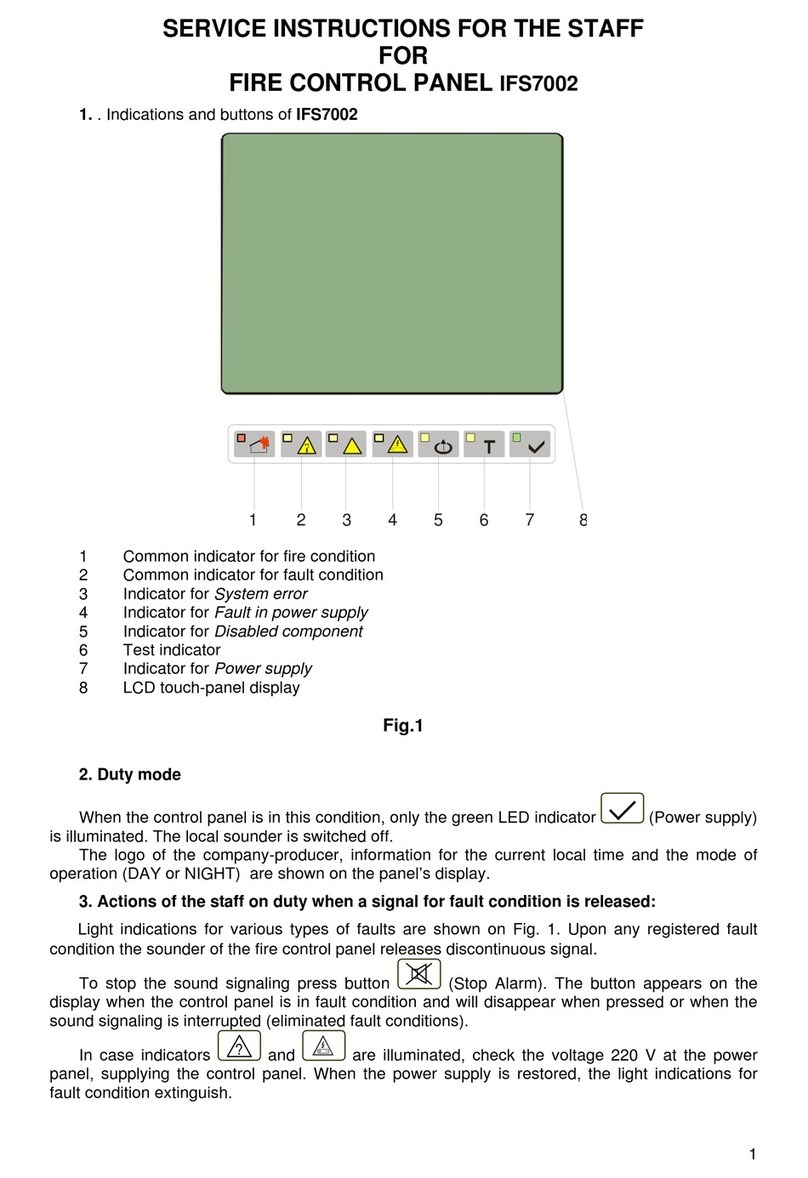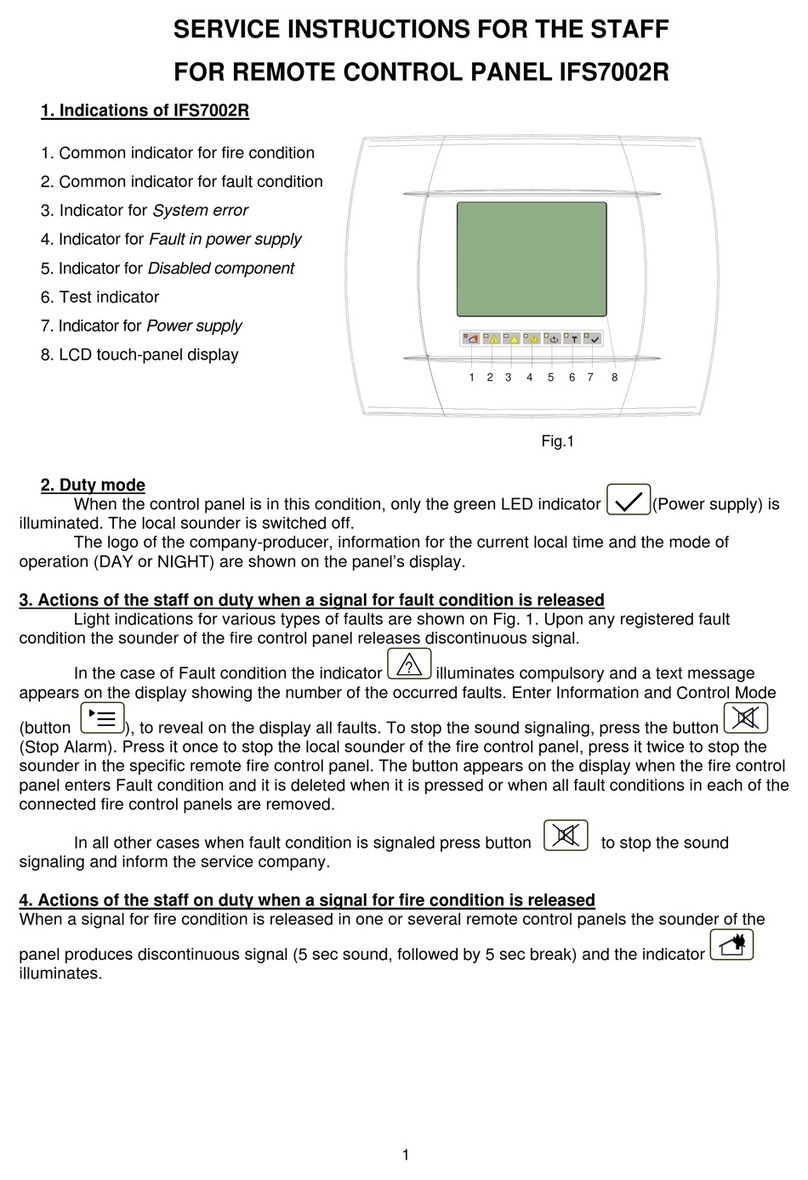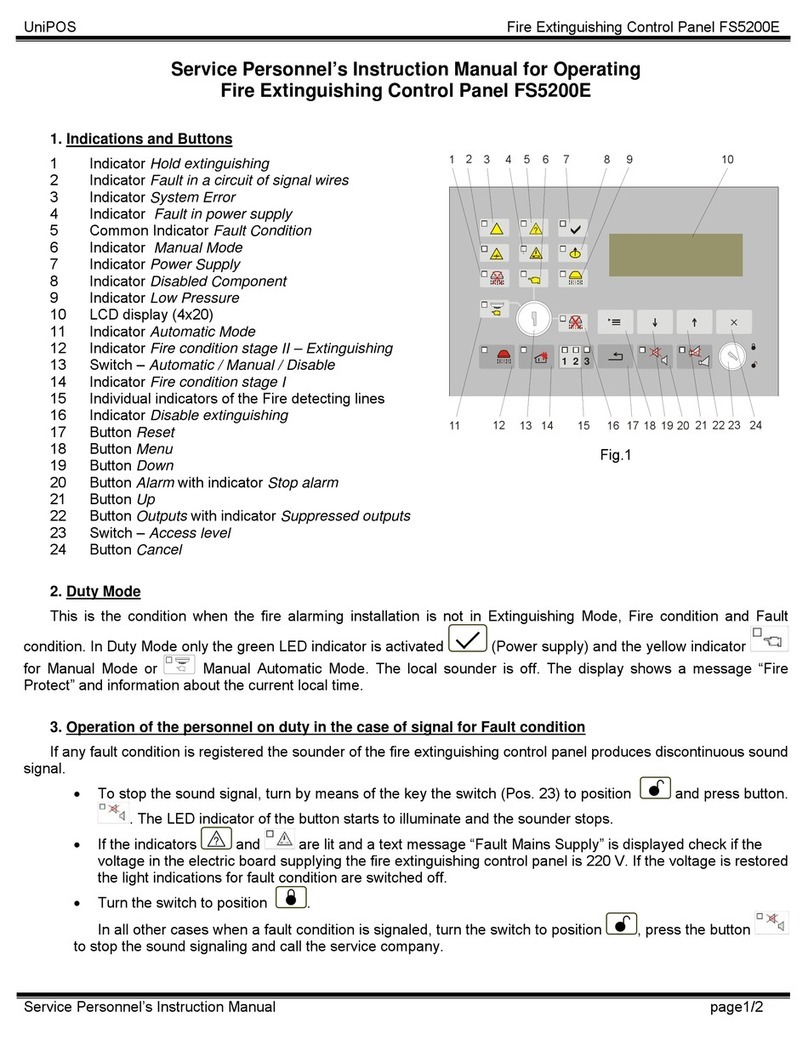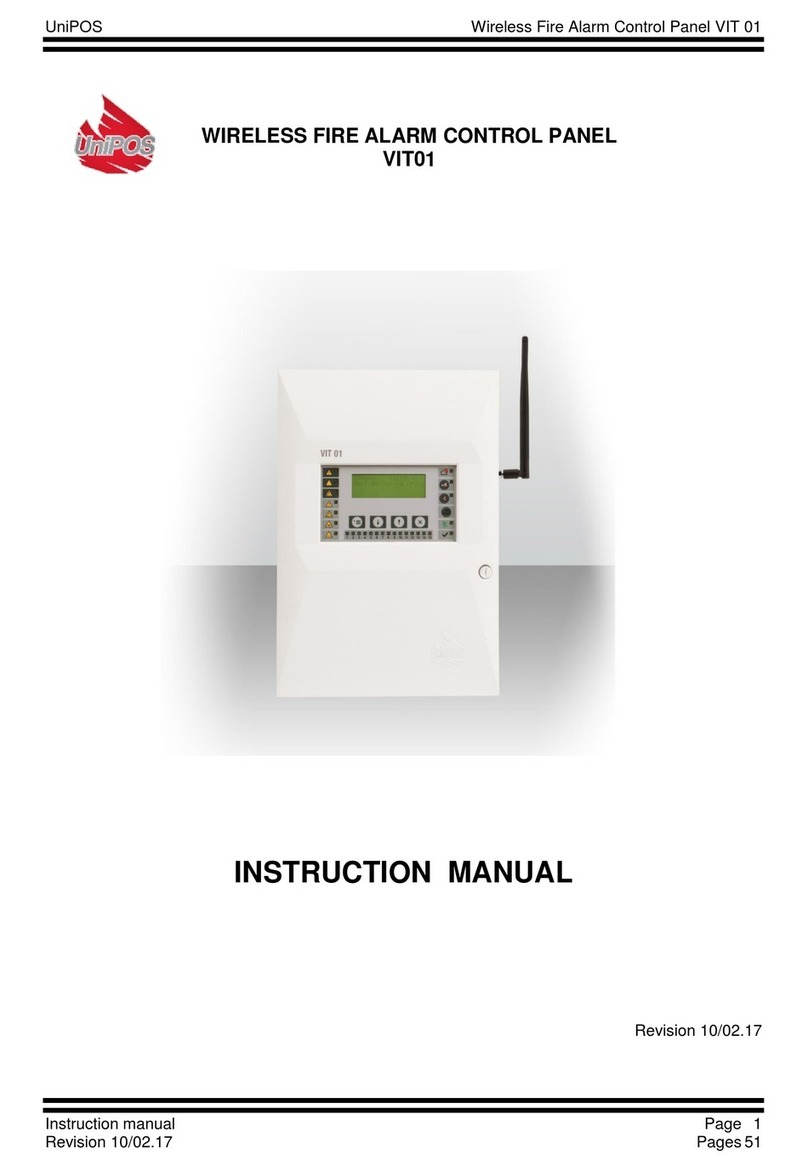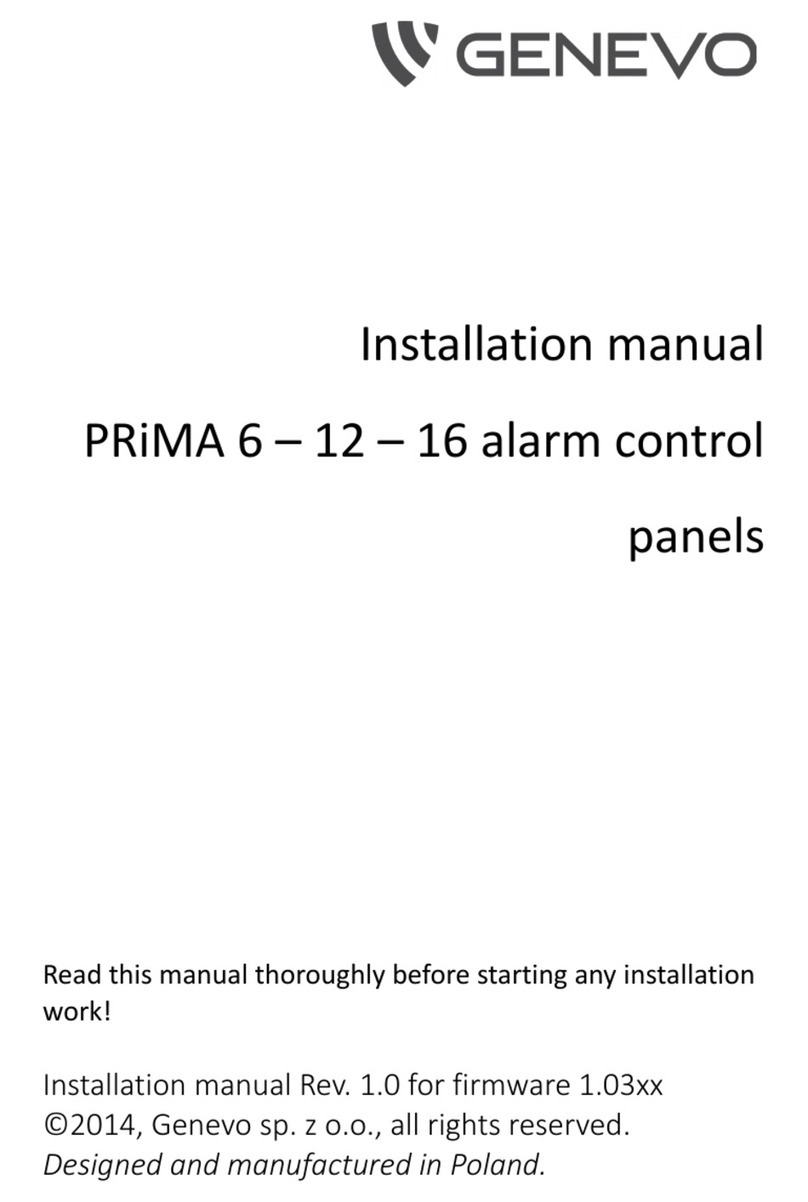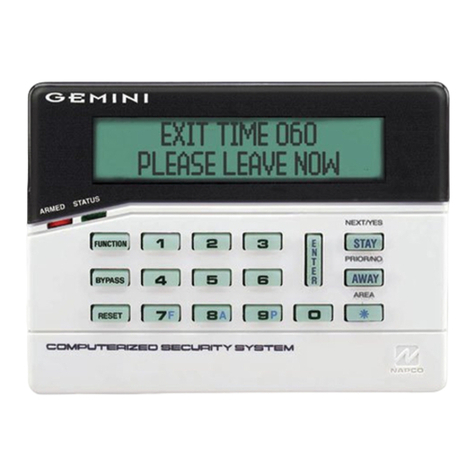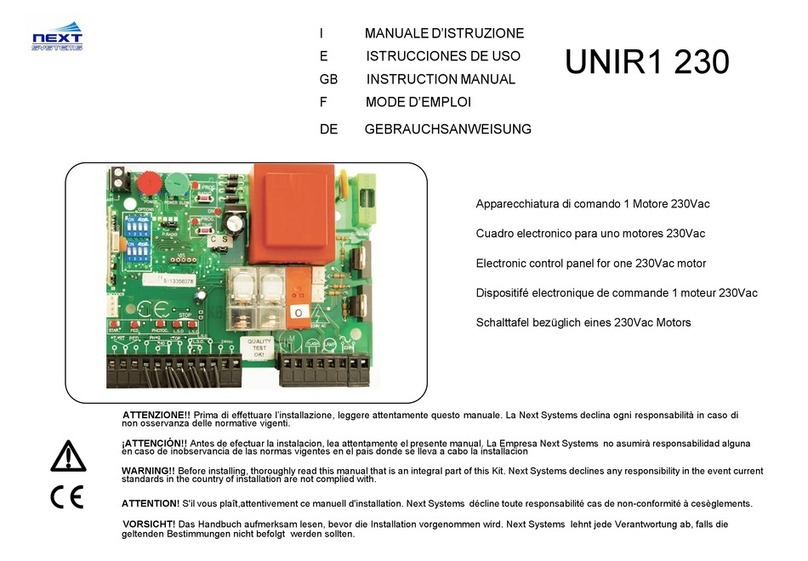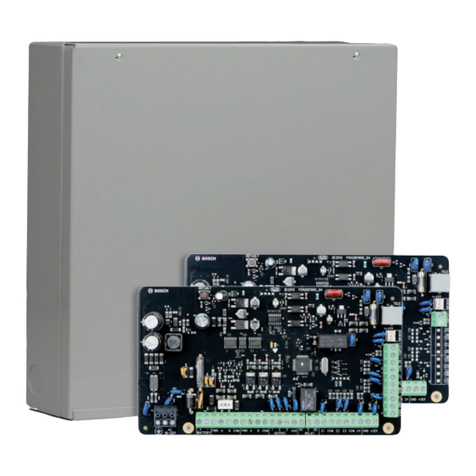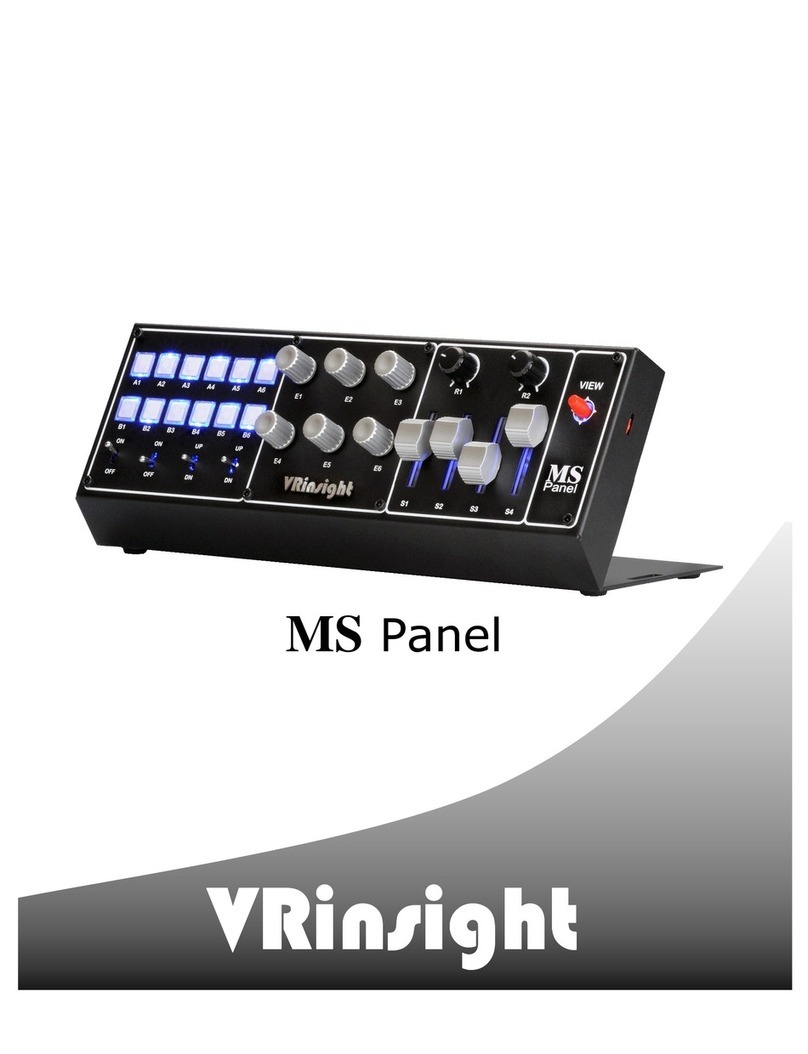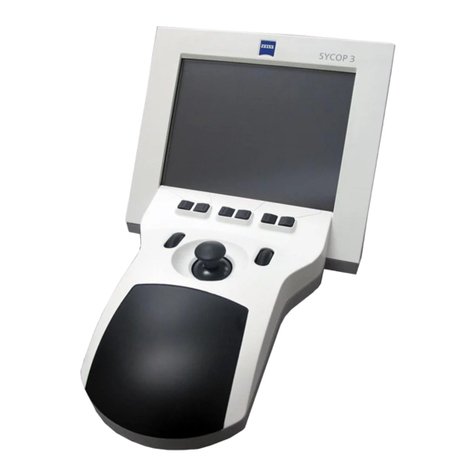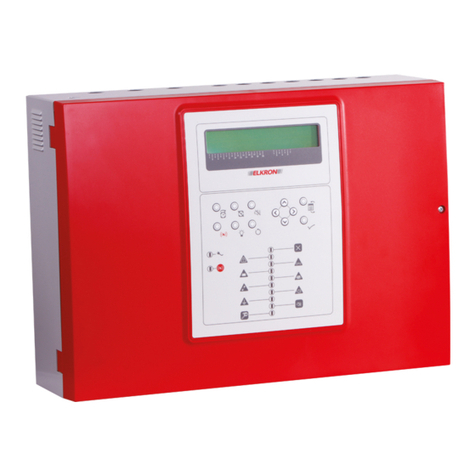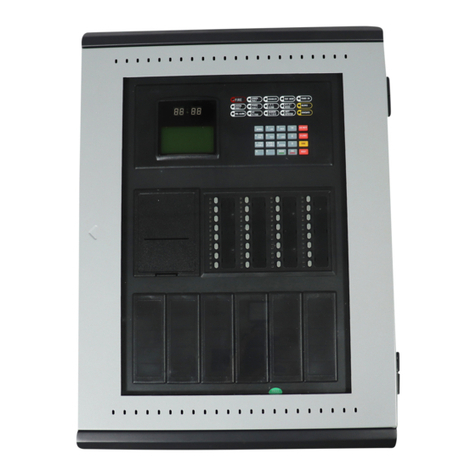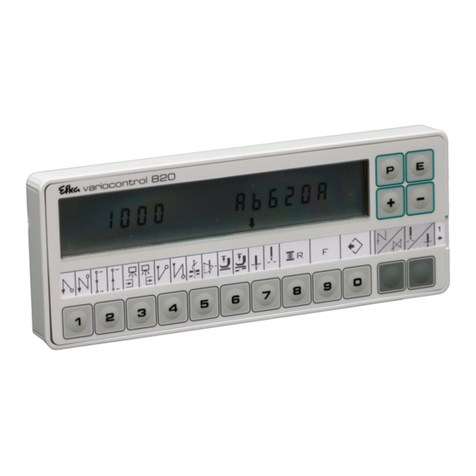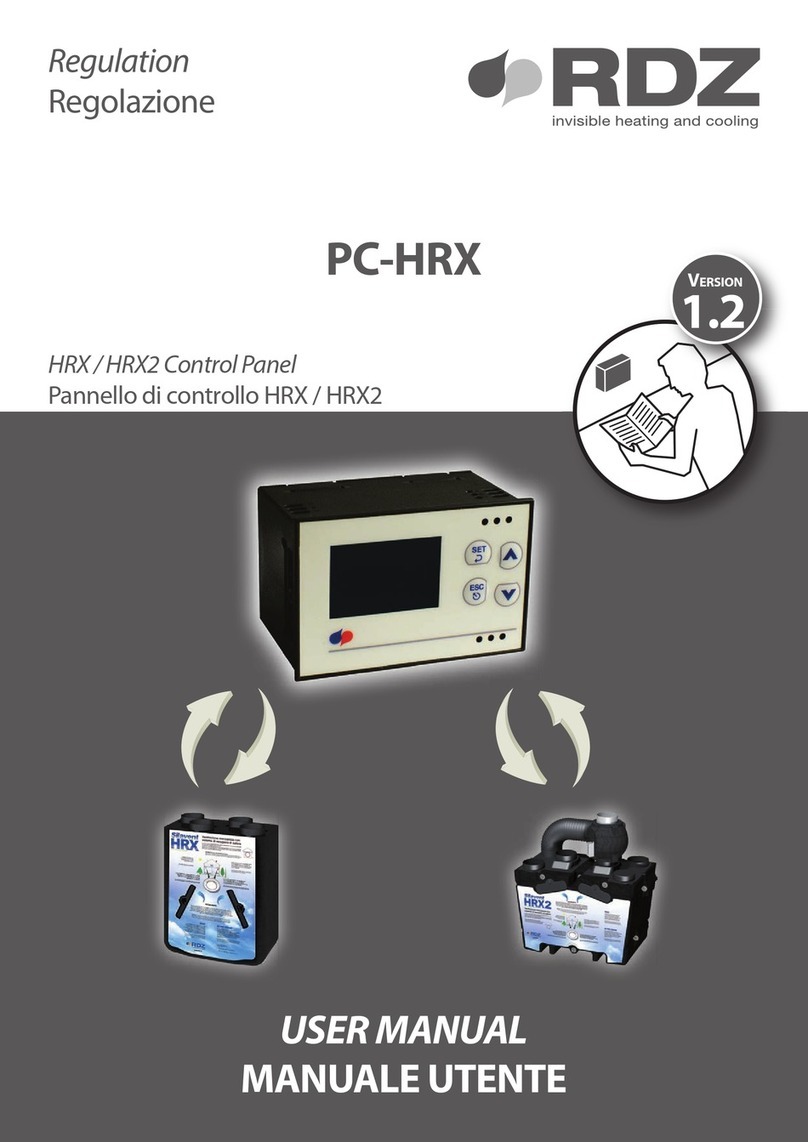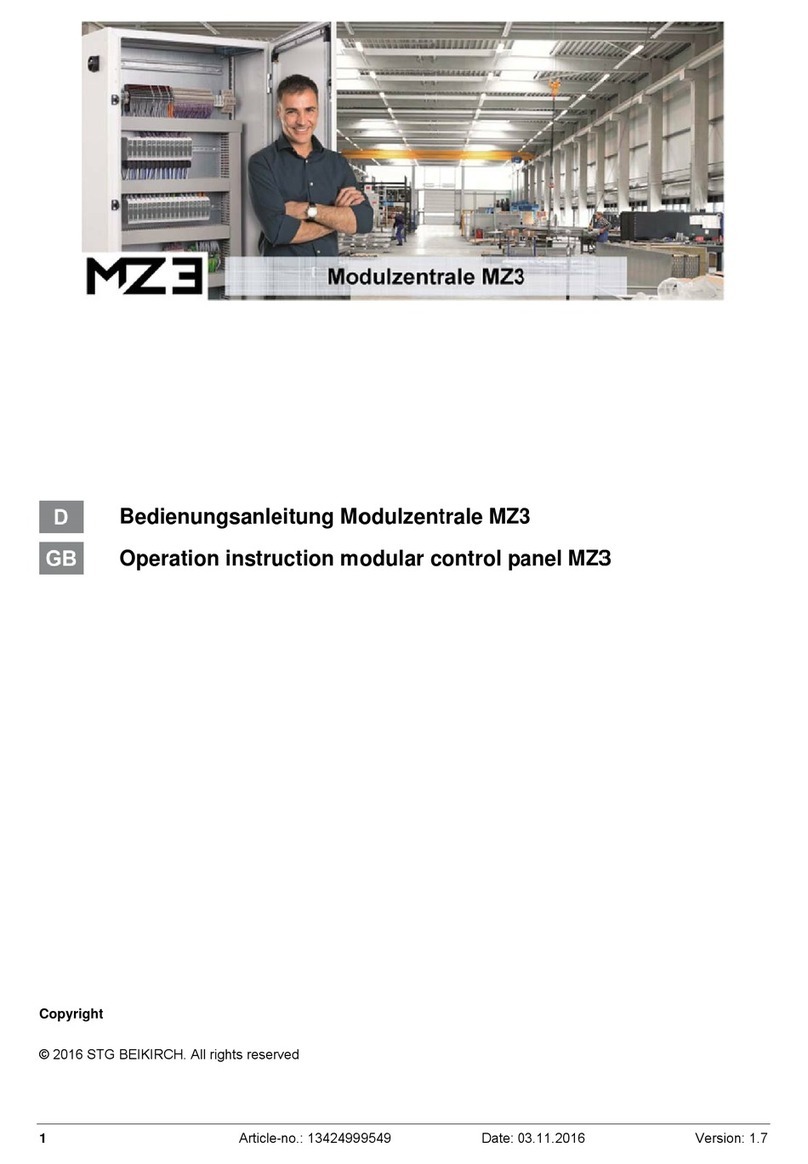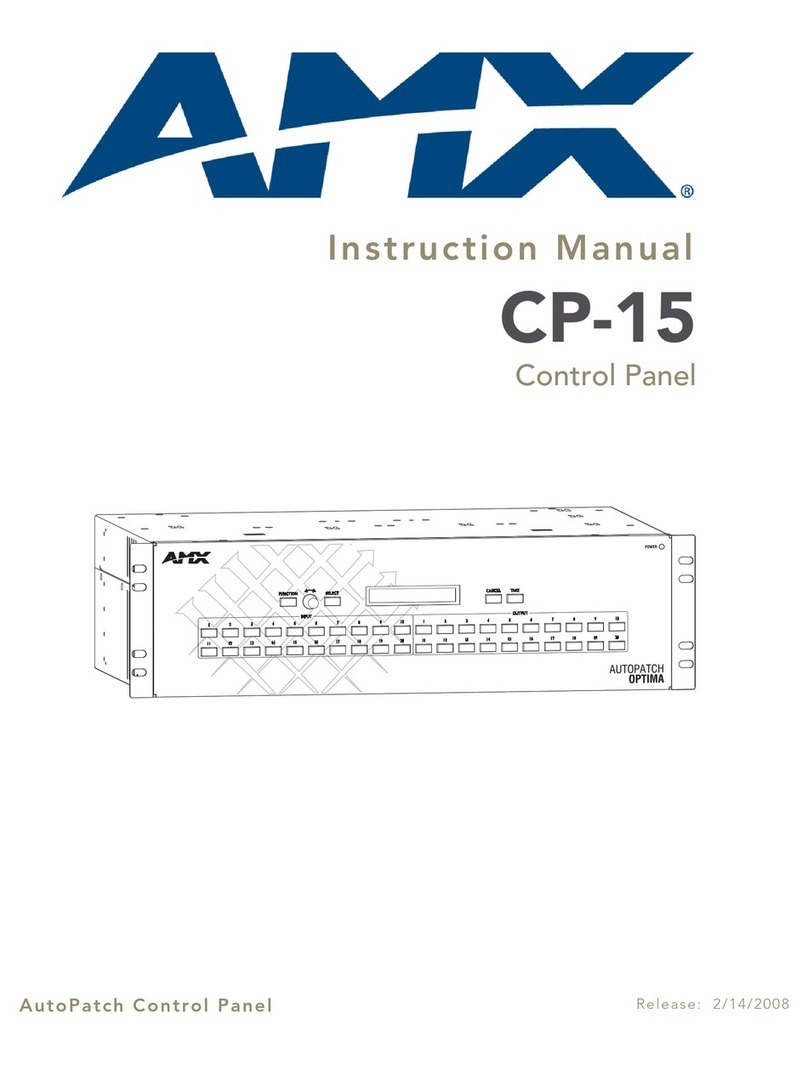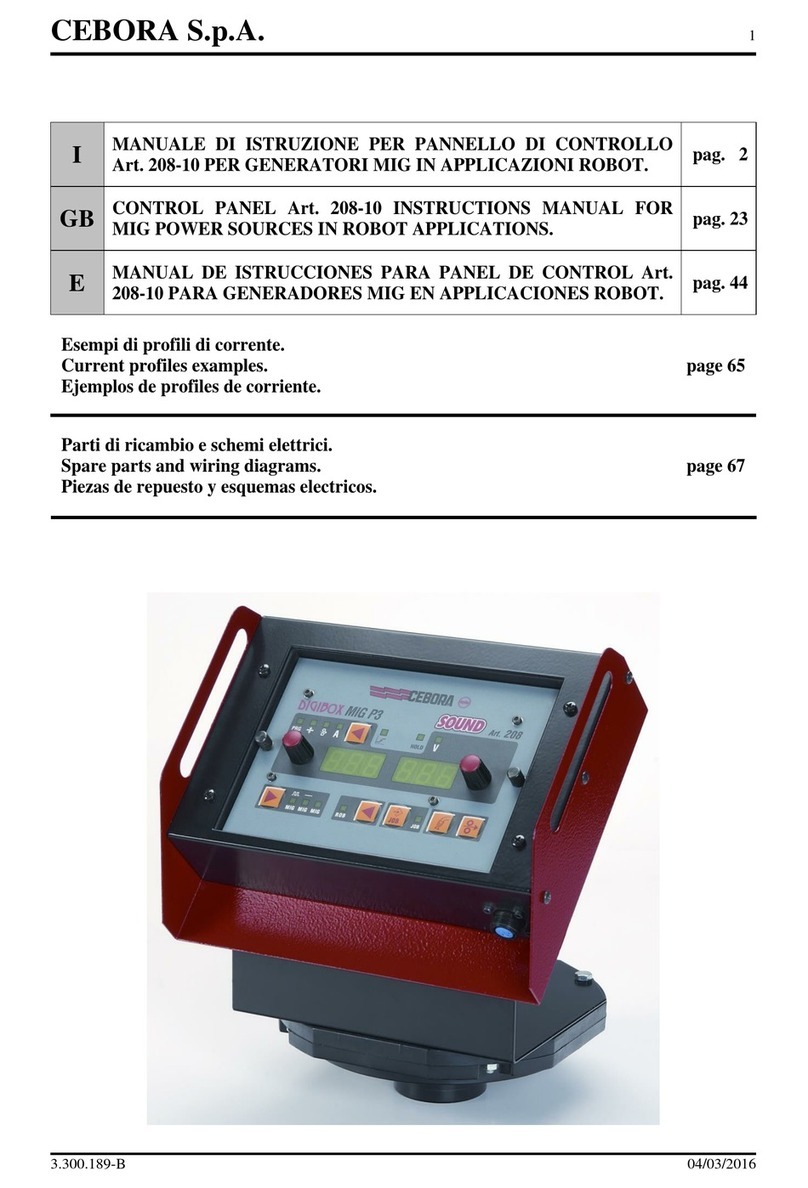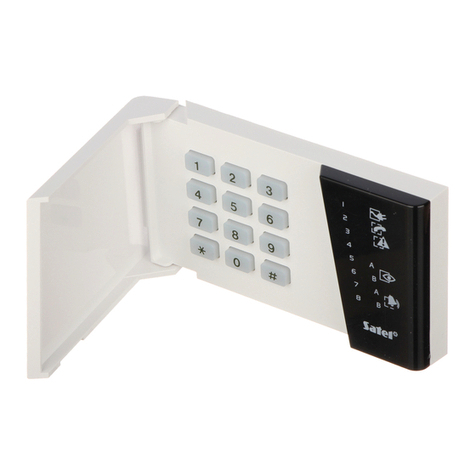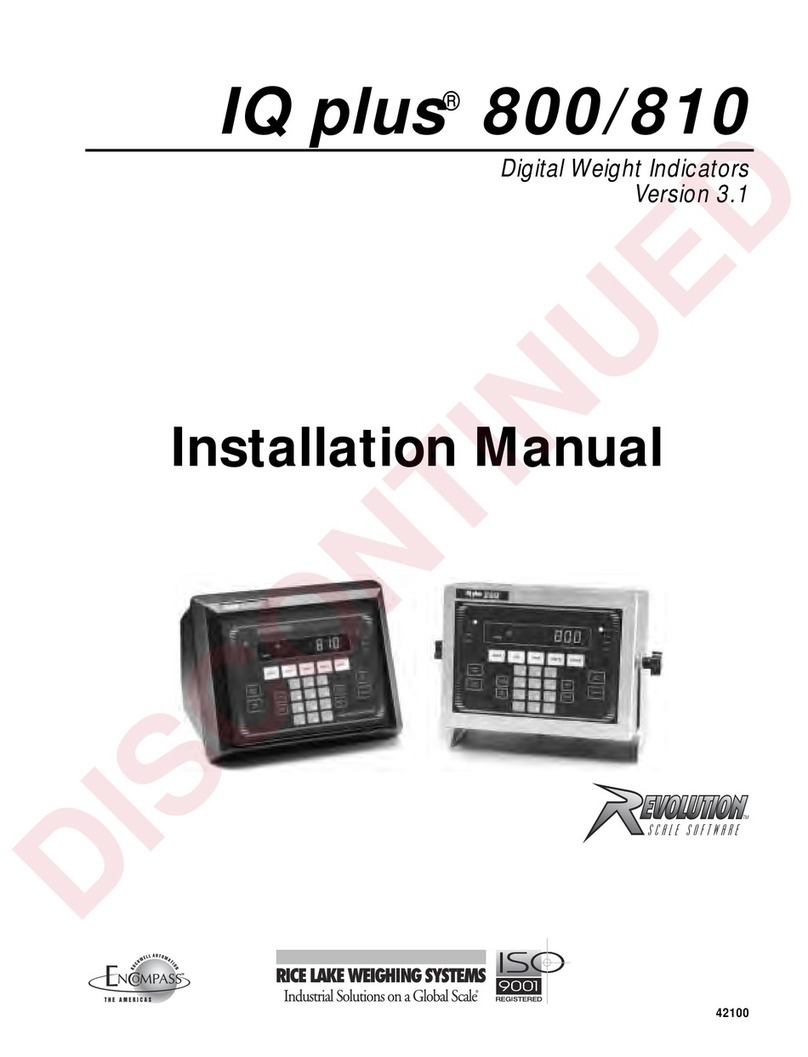
UniPOS Interactive Fire Control Panel IFS7002
Instruction Manual Page 4
Revision 2.05 Of 107
13.5. Menu Zones......................................................................................................................................59
13.5.1. Menu Devices.............................................................................................................................................60
13.5.2. Menus Fire Phase 1 Outputs and Fire Phase 2 Outputs............................................................................65
13.5.3. Menu Zone parameters..............................................................................................................................68
13.5.4. Screen Text message ..................................................................................................................................69
13.6. Menu Inputs.....................................................................................................................................71
13.6.1. Screen List of addressable outputs.............................................................................................................72
13.6.2. Menu Remove addressable output .............................................................................................................72
13.6.3. Menu Add addressable output....................................................................................................................73
13.6.4. Menu Text message....................................................................................................................................74
13.7. Menu Initialization...........................................................................................................................76
13.7.1. Function Initialization................................................................................................................................77
13.7.2. Function Clean initialization......................................................................................................................78
13.7.3. Menu Readdressing....................................................................................................................................79
13.7.4. Menu Exclude devices................................................................................................................................80
13.7.5. Menu Check ...............................................................................................................................................81
13.8. Menu Checks....................................................................................................................................83
13.8.1. Menu Monitored outputs............................................................................................................................83
13.8.2. Menu Relay outputs....................................................................................................................................83
13.8.3. Menu Addressable outputs.........................................................................................................................84
13.8.4. Function Display........................................................................................................................................85
13.8.5. Menu Buttons.............................................................................................................................................85
13.9. Menu New passwords.......................................................................................................................87
13.9.1. Menu Level 2..............................................................................................................................................87
13.9.2. Function Level 3.........................................................................................................................................87
13.10. Function Default parameters.........................................................................................................88
13.11. Function Clear archive ..................................................................................................................89
14. Remote Control Mode................................................................................................................90
14.1. Description.......................................................................................................................................90
14.2. Indication .........................................................................................................................................90
14.2.1. LED and sound indication..........................................................................................................................90
14.2.2. Тext messages ............................................................................................................................................90
14.3. Keypad..............................................................................................................................................90
15. Saving the parameters...............................................................................................................91
16. Labour protection requirements ...............................................................................................91
17. Installation and arrangements..................................................................................................91
17.1. To mount the fire control panel .....................................................................................................91
17.2. Periphery devices assembly............................................................................................................91
17.2.1. Mounting periphery devices to monitored outputs.....................................................................................91
17.2.2. Mounting periphery devices to relay outputs .............................................................................................91
17.3. Connecting interface devices..........................................................................................................92
17.3.1. Global network...........................................................................................................................................92
17.3.2. Local network ............................................................................................................................................92
17.4. Connecting addressable fie detectors.............................................................................................92
17.5. Power supply connection ................................................................................................................93
18. Fire control panel start up ........................................................................................................93
19. Troubleshooting.........................................................................................................................93

